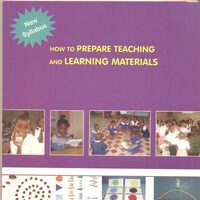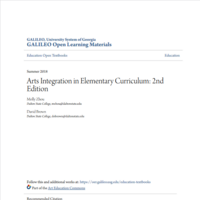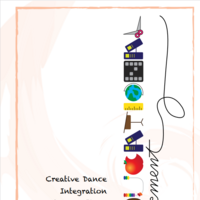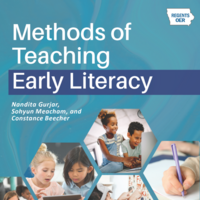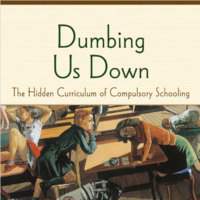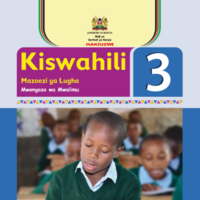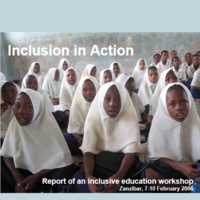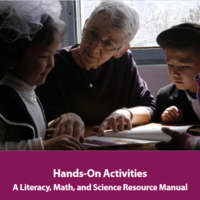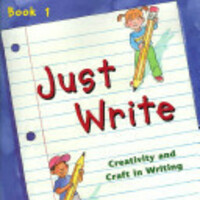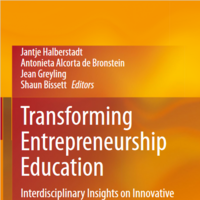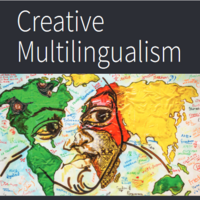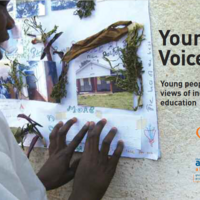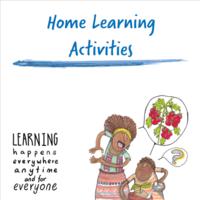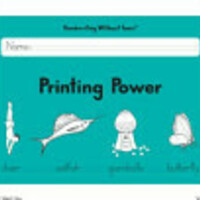Search
Books+
Searching 1,730 books
Search related to the career Early Childhood Educator
1. Incorporate hands-on activities: Engage children in interactive and tactile experiences that stimulate their senses. Use materials like clay, sand, or building blocks to encourage exploration and creativity.
2. Encourage imaginative play: Provide a variety of props, costumes, and open-ended toys to inspire children's imagination. Create a dramatic play area where they can pretend to be different characters or act out real-life scenarios.
3. Integrate arts and crafts: Offer a wide range of art supplies and encourage children to express themselves through drawing, painting, collage, and other creative mediums. Display their artwork to celebrate their achievements.
4. Use storytelling and puppetry: Bring stories to life by using puppets or props while narrating. Encourage children to participate by asking questions, making predictions, or retelling the story in their own words.
5. Foster curiosity and inquiry: Encourage children to ask questions and explore their surroundings. Provide opportunities for hands-on investigations, experiments, and problem-solving activities.
6. Incorporate music and movement: Use songs, rhymes, and dances to engage children in learning. Encourage them to create their own movements or songs based on a theme or concept.
7. Create a print-rich environment: Display labels, signs, and charts with words and pictures to promote literacy and vocabulary development. Encourage children to interact with print materials through books, magazines, and writing tools.
8. Collaborate with other educators: Share ideas and collaborate with fellow educators to exchange innovative teaching methods. Attend workshops, conferences, or online forums to stay updated on the latest trends and research in early childhood education.
9. Embrace diversity and inclusivity: Celebrate and respect the unique backgrounds and experiences of each child. Incorporate multicultural activities, books, and materials that reflect the diversity of your classroom.
10. Allow for open-ended exploration: Provide unstructured playtime where children can freely explore their interests and ideas. Offer a variety of materials and resources that can be used in multiple ways, allowing for open-ended creativity.
Remember, every child is unique, so adapt your teaching methods to meet their individual needs and interests.
Source: Various AI tools
Searched in English.
